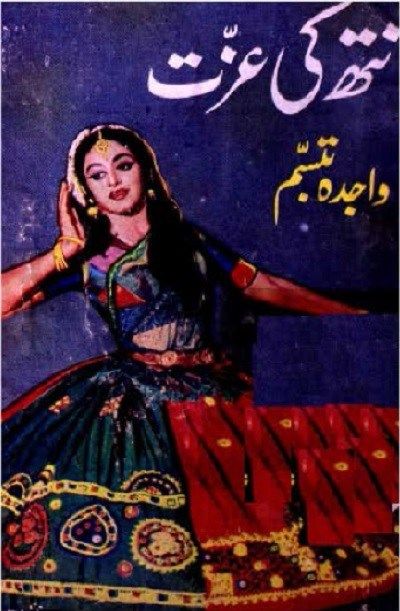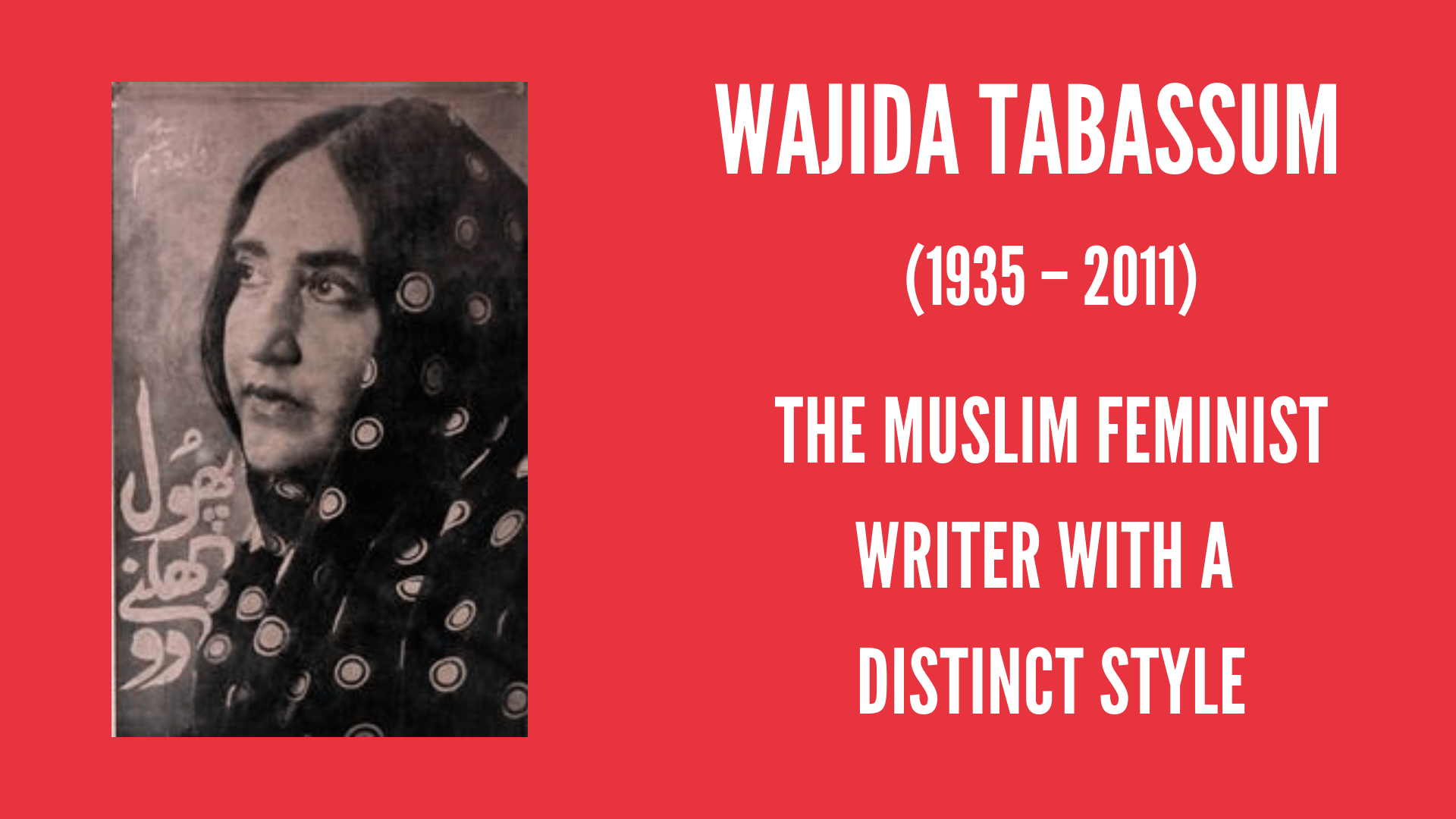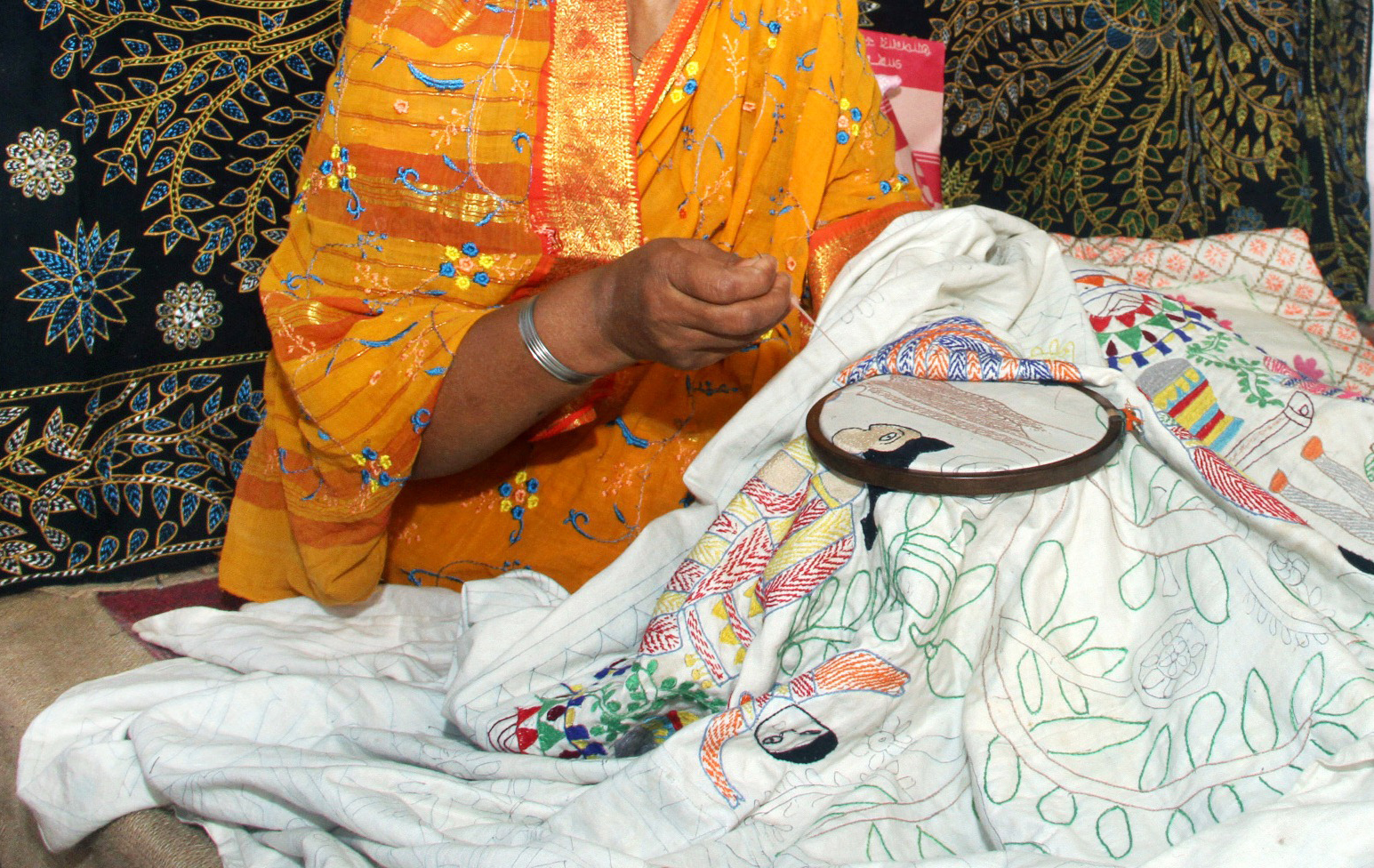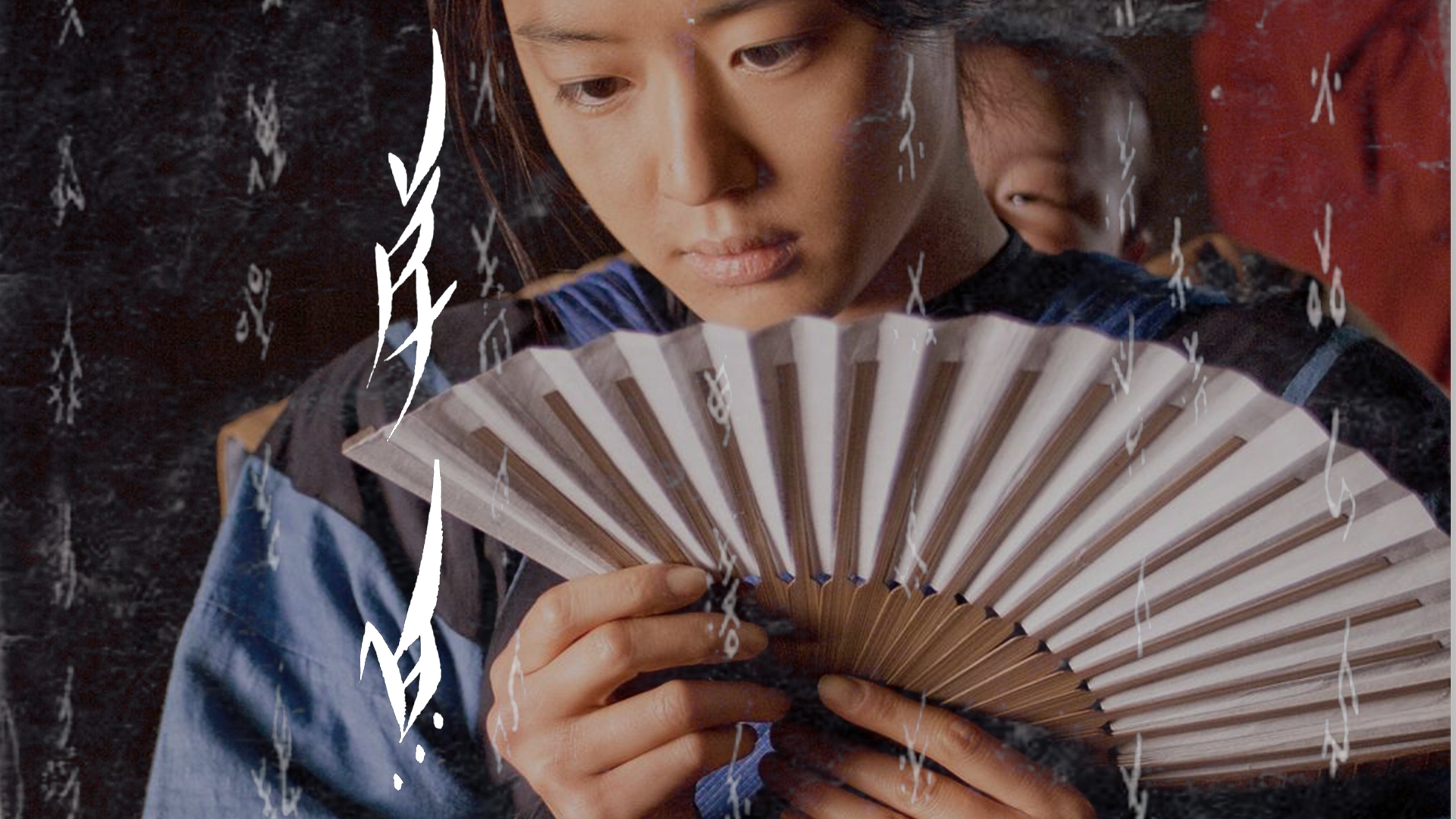Wajida Tabassum is the first writer to be called sahib-e-asloob (a writer with a distinct style) after Ismat Chughtai. Her unique style of writing and choice of themes have been riveting and revolutionary at the same time. With a lot of opposition for her work, Tabassum managed to remain a defiant writer until her last works.
Early Life And Education
Born in Amravati, Maharashtra in 1935, Tabassum graduated from Osmania University with a degree in Urdu. After graduation, her family moved from Amravati to Hyderabad, the influence of which is evident in her writing.
In a society where women are shunned, Tabassum explores the strength that underlies the existence of the working class Indian woman.
Writing And Her Life After
In 1940, she started writing stories in Urdu in the Dakhini dialect. Her writing continued as a backdrop of an aristocratic social life of Hyderabad. Her books were published by her husband, Ashfaq Ahmad, after his retirement from the Indian Railways. With four sons, and daughter they settled in Bombay.
Career
Tabassum’s career started with her stories appearing in a monthly magazine called ‘Biswin Sadi’. She wrote erotic stories in a way that brought out the lifestyles of Hyderabadi Nawabs, which was often considered luxurious. The very first collection of her short stories, called ‘Shahr-e-Mamnu’ (‘Forbidden City’), was published in 1960.

Her work wasn’t just widely acclaimed by critics, it was also popularly loved. Her story titled ‘Utran’ (‘Cast-Offs’) was made into a popular soap opera on Indian Television in 1988. During the 1960s and 1970’s, her erotic stories were published in Shama magazine which also got her a handsome payment for those times. Her books include Teh Khana, Kaise Samjhaoon, Phul Khilne Do, Utran, Zakhme-e-Dil Aur Mahak Aur Mahak and Zar, Zan, Zamin, which she had published in 1989.
Wajida Tabassum is the first story writer to be called sahib-e-asloob (a writer with a distinct style) after Ismat Chughtai.
Breaking Taboos
She was repetitively criticized for crossing the limits of decorum and ‘decency’. Her stories like Nath Ka Bojh (Burden of the Nose-Ring), Haur-Upar(A Litter Higher), and Nath Utarwai (Removal of the Nose-Ring) which were more on the erotic side, were highly controversial. Tabassum’s works saw public protests in the city in lieu of her showing the community in a bad light. Her stories were not just a courageous depiction of women’s sexualities, but the reclamation of it too.
Also read: Watch: 5 Indian Muslim Feminist Writers You Should Know About

In one of her stories called ‘Chutney’, the reader witnesses the sexual tension between a young Nawab and an incredibly gorgeous employed servant. Following the allegedly explicit description of the erotic aspect of the dynamic, is the climax wherein the servant gets raped. The story, like rest of her work, is a social commentary on how there is class-based exploitation in the self-proclaimed elegant lifestyle of the Nawabs as well. However, a revolution begins through the story when the servant rips her clothes and challenges the Nawab to try again on his wedding day.
The theme of women taking charge of her sexuality remains constant in Tabassum’s stories. In another story called ‘Tiya Paancha’, we witness the anger of a wife who declares her husband impotent publicly after he cheats on her. In a society where women are shunned, Tabassum explores the strength that underlies the existence of the working class Indian woman.
Reference
About the author(s)
Harshita is a chai-addict writer, who you’ll mostly find behind a book trying not to be anxious. She’s also a professional procrastinator who loves binge-watching sitcoms.




